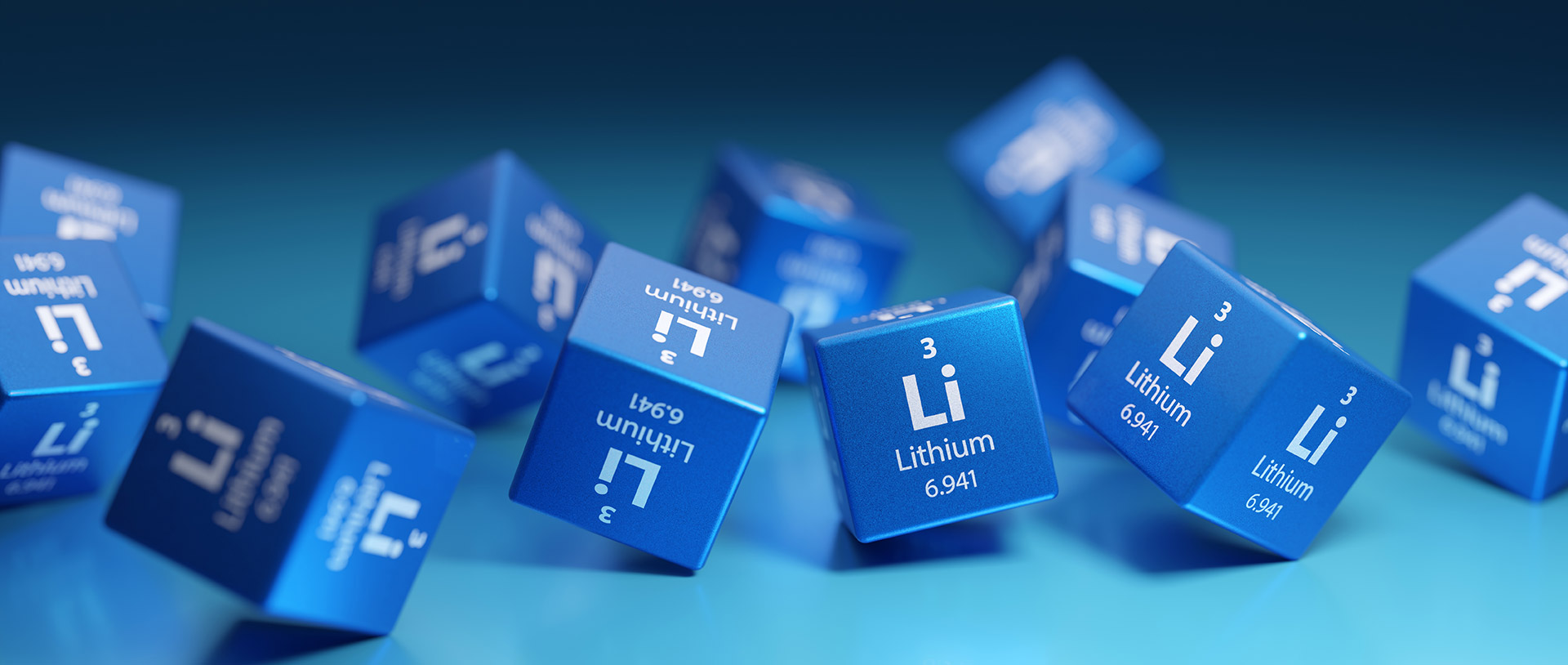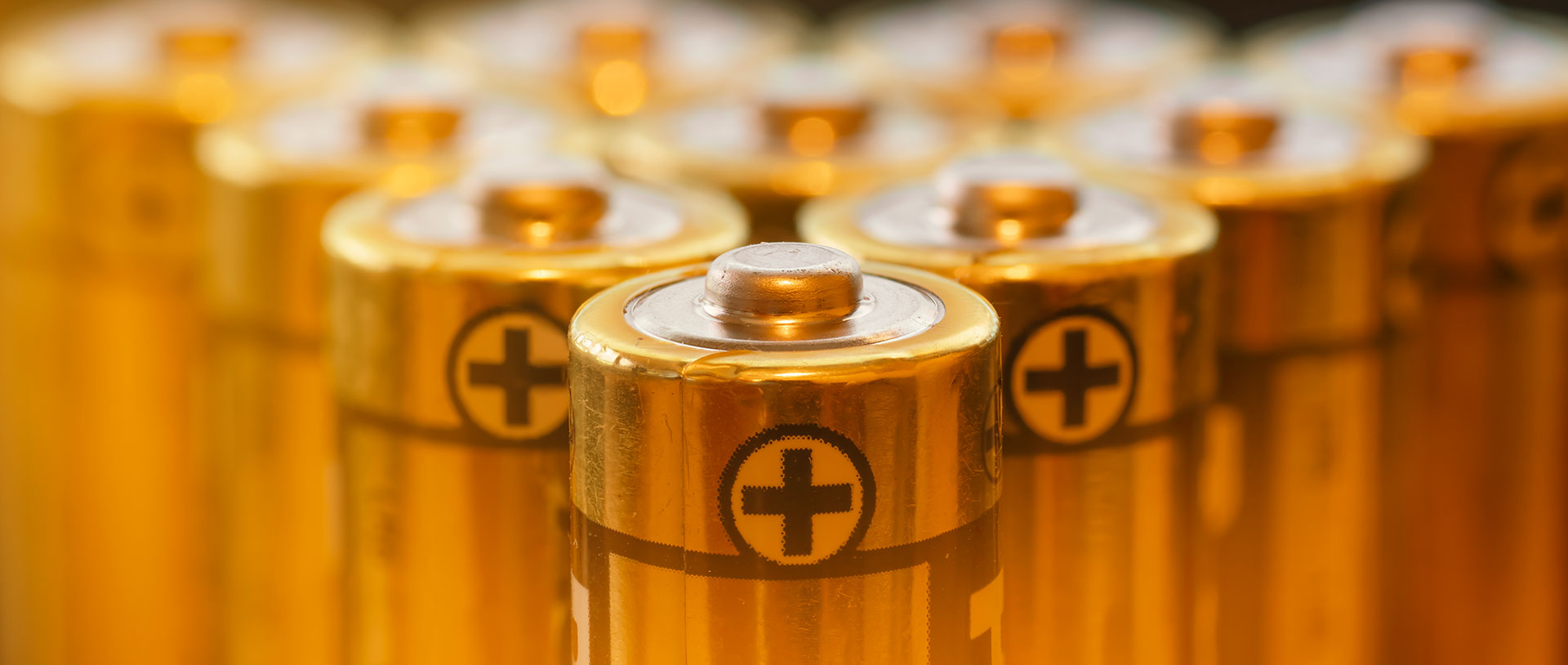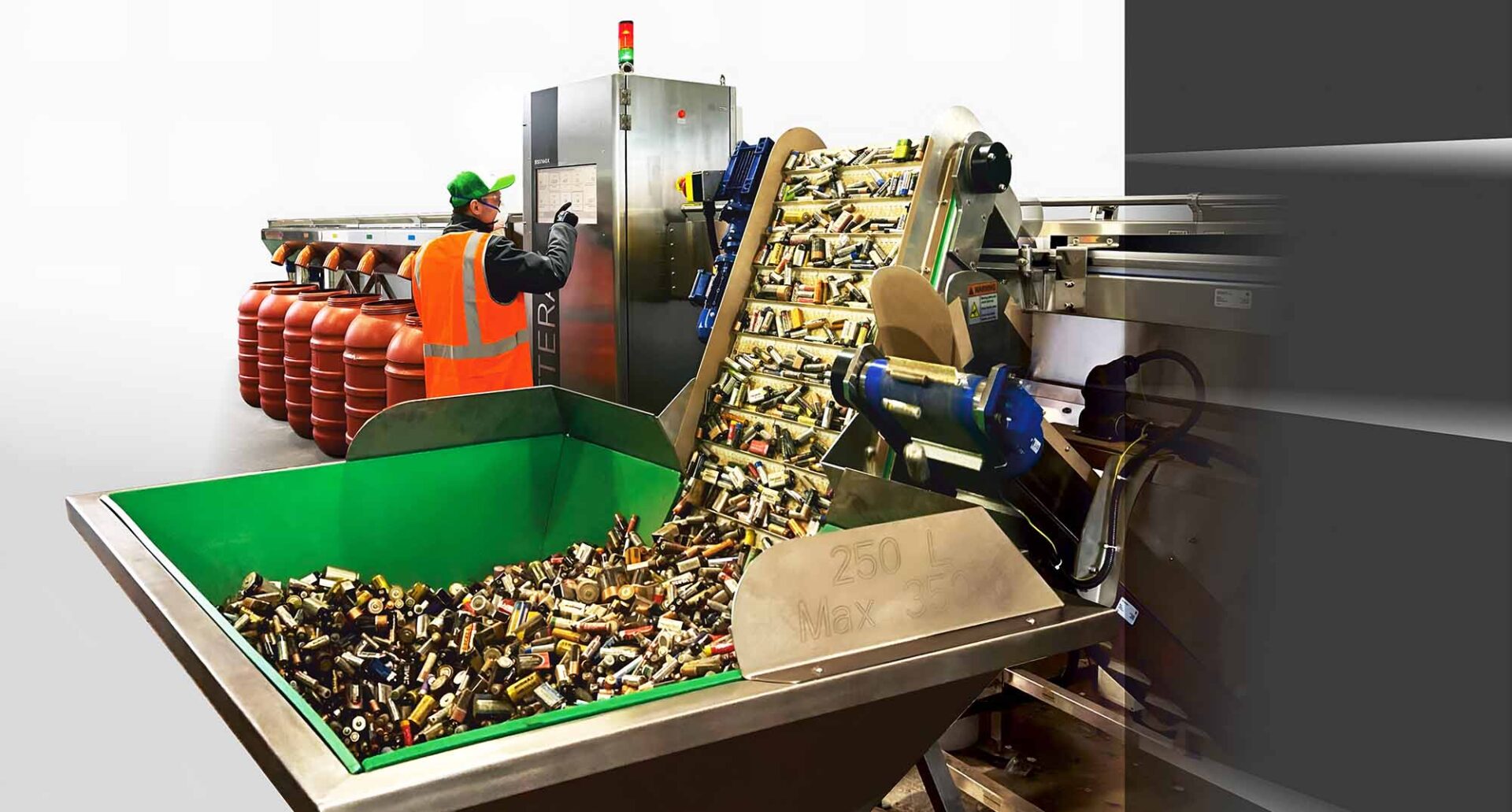Automating the battery sorting process can significantly enhance efficiency. Software can be developed to recognize different types of batteries based on their appearance or internal structure. Machines can then automatically sort batteries into appropriate containers based on this information.
The use of automation in battery sorting will lead to increased recycling speed and accuracy, reducing processing time and minimizing the risk of incorrect sorting. More precise sorting will also allow for the optimal utilization of battery materials, potentially increasing recycling efficiency.
This article examines the potential transition from manual to automated battery sorting and discusses related aspects of efficiency and safety.
Initially, the sorting process began with manual sorting of the total mass of batteries, the simplest and most cost-effective way to organize the process. Well-trained personnel can ensure high accuracy of selection by chemical groups, provided they remain focused and efficient.
However, fatigue or emotional distress can compromise the quality of sorting. For example, if a single NiCd battery is mistakenly sorted into an Alkaline barrel containing approximately 500 batteries, the entire batch will fail to meet requirements and cannot be sent for further processing. Nevertheless, manual sorting remains the most effective method for non-standard battery sizes and assemblies of various shapes.
When it comes to sorting commonly used cylindrical batteries, automation is crucial for accurate and productive chemical separation. Recognizing the need for improvement in this area led to the development of the BATTERAY system, designed to meet the high demands of the processing industry and reduce separation costs.
The battery sorting system typically operates by employing various sensors and sorting mechanisms to identify and separate different types of batteries based on unique and distinctive features, such as shape, chemistry, label, and internal structure.
The system may utilize sensors, such as optical scanners or magnetic sensors, to identify the type of battery. It must gather information about the chemical composition of the battery currently in view based on recognized characteristics.
Several technologies are available that can achieve a high percentage of accuracy in determining the composition of a battery.
Systems based on machine vision rely on a single parameter—the resulting image from the camera. Recognition is limited to the shape and the presence of distinctive features on the label design.
One drawback of this approach is its complete dependence on the external state of the label. Any contamination or damage to the outer layer of the battery can result in significant errors in determination.
With identifying counterfeit types of batteries, erroneous identification may occur, as this method cannot discern the actual internal structure.
Another type of system is based on magnetic resonance. In this system, two parameters are utilised: measuring battery weight and measuring magnetic properties.
This approach necessitates the preliminary sorting of batteries by size, which complicates the design and introduces additional operational challenges.
Furthermore, this system encounters difficulties in accurately identifying various types of lithium batteries with complex chemical compositions.
A system based on X-ray radiation can boast the highest levels of accuracy and capability in identifying almost all types of batteries.
Acquiring an X-ray image of the battery being identified enables the extraction of comprehensive information about the internal chemical composition, structure, and shape.
The amalgamation of all this data enables the achievement of nearly 100% sorting accuracy, eliminating the shortcomings of previous methods.
These systems incorporate complete radiation protection and do not require special operational conditions.
Consider this: three BATTERAY systems operated by a single person can match the output of a sorting line employing about 20 people.
We evaluated the performance, with sorting accuracy being the second most important parameter. Automated systems, using artificial intelligence, can achieve incredible sorting accuracy for individual chemical groups of up to 99.5%. Most importantly, this accuracy is consistent, depending only on timely maintenance of the installation.
Given the variety of battery structures and features across different markets and countries, the ability to continually train algorithms and databases minimizes the percentage of unrecognized batteries and improves system performance.
The BATTERAY system facilitates the automated sorting of cylindrical batteries, achieving the required accuracy. This effectively promotes the global development of the battery recycling industry and increases the overall percentage of recyclable resources on our planet.
Visit www.batterysorting.com or email ukinfo@linevsystems.com for more information about automatic six-channel battery sorting system BATTERAY.







